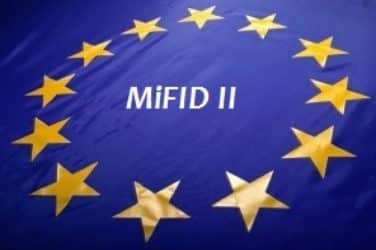MiFID II’s research unbundling requirement has left the sell side scratching its head in how to price its research for its buy-side clients.
Sonali Theisen, global head of market structure & data science at Citi jokingly said that she did not want to address how her firm is approaching the issue with a 10-foot pole but she did share her thoughts on from an industry perspective during a MiFID II for Non-Europeans panel discussion last week hosted by Bloomberg.

Sonali Das Theisen, Citi
“There are so many hybrid research functions that large sell-side firms are still trying to figure out where we think it fits,” she said. “We have desk analysts that work alongside our clients to work on a name and take down a risk. It is almost impossible to quantify that resource.”
The chances of the sell side developing an a la carte menu of individual research products is slim, according to Neil Scarth, principal at Frost Consulting and who spoke on a separate panel.
The UK’s Financial Conduct Authority, considered one of the most aggressive regulators, rejected including such a mandate for the sell side in its 600-page implementation document.
“This comes from the recognition that even they recognize that the very same thing can have a very different value to different people,” he said. “The value of a fantastic piece on Facebook to a deep value investor probably is not very high because deep value investors can never own the stock but a growth investor might find it incredibly valuable.”
Meanwhile, the sell side may look to develop tiered-access offering, aspirational pricing, and price-price taking models, according to fellow panelist Neil Shah.
Tiered-access would not be a novel model, added James Bennett, managing director, Markets at Greenwich Associates. “We’re all familiar with the American Express’s green card versus gold card versus platinum card,” he said. “It means a different level of service and value for different thresholds.”
One potential scenario for a bulge-bracket firm would be to provide global access for ‘X’ hours and access to sales coverage on a corporate basis, Shah offered.
Taking an aspirational approach, a sell-side research provider could value their research at $100,000 but start at a low price, such as $25,000, and evolve the price over time, he added.
And with a price-taking model, the sell side firm would simply price its research and see if any buy-side firm bites.
Of the three models, Greenwich Associate’s Bennett believes that the tiered-access model becoming the dominant model as sell-side providers work with independent research providers to deliver an enhanced research offering.





